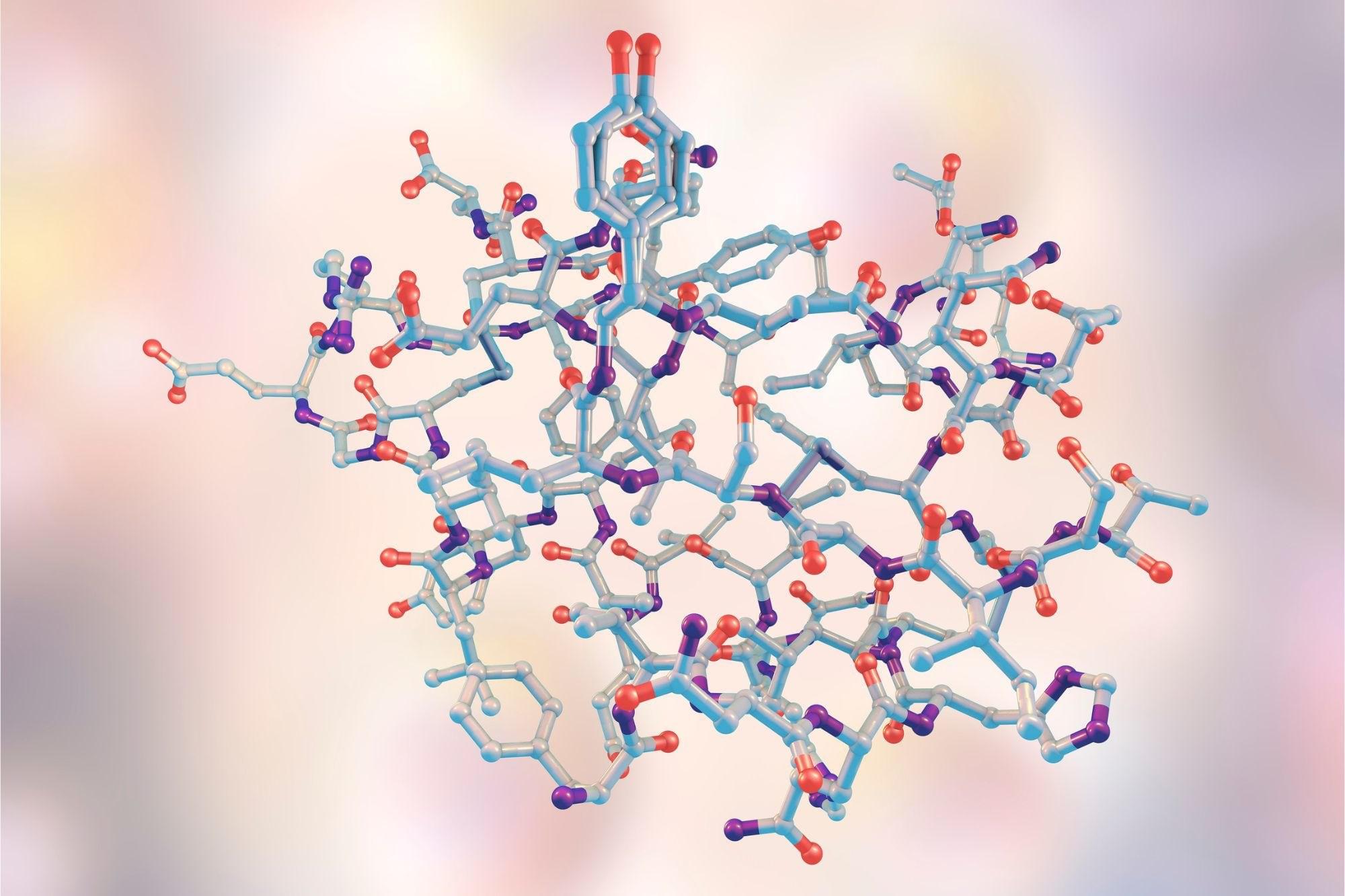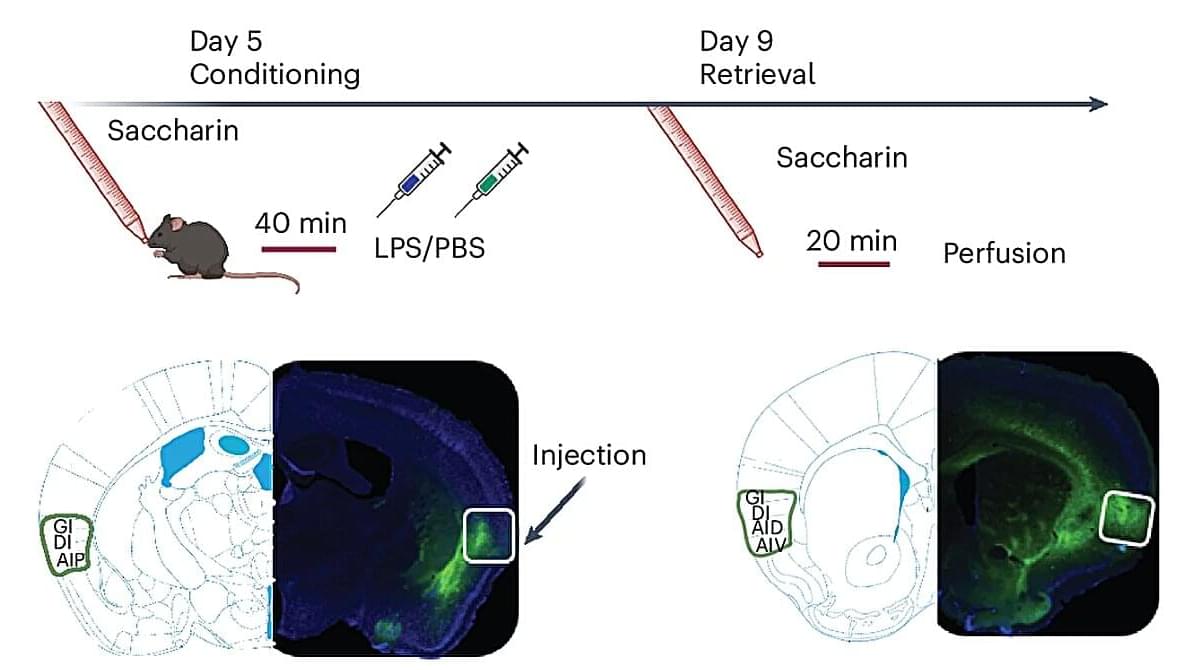Insulin is a key hormone that regulates metabolism in many living organisms. When food is abundant, insulin.
Insulin is a hormone produced by the pancreas, crucial for regulating blood glucose levels. It helps cells in the body absorb glucose from the bloodstream and convert it into energy or store it for future use. Insulin production and action are essential for maintaining stable blood sugar levels. In people with diabetes, the body either does not produce enough insulin (Type 1 diabetes) or cannot effectively use the insulin it does produce (Type 2 diabetes), leading to elevated levels of glucose in the blood. This can cause various health complications over time, including heart disease, kidney damage, and nerve dysfunction. Insulin therapy, where insulin is administered through injections or an insulin pump, is a common treatment for managing diabetes, particularly Type 1. The discovery of insulin in 1921 by Frederick Banting and Charles Best was a landmark in medical science, transforming diabetes from a fatal disease to a manageable condition.







